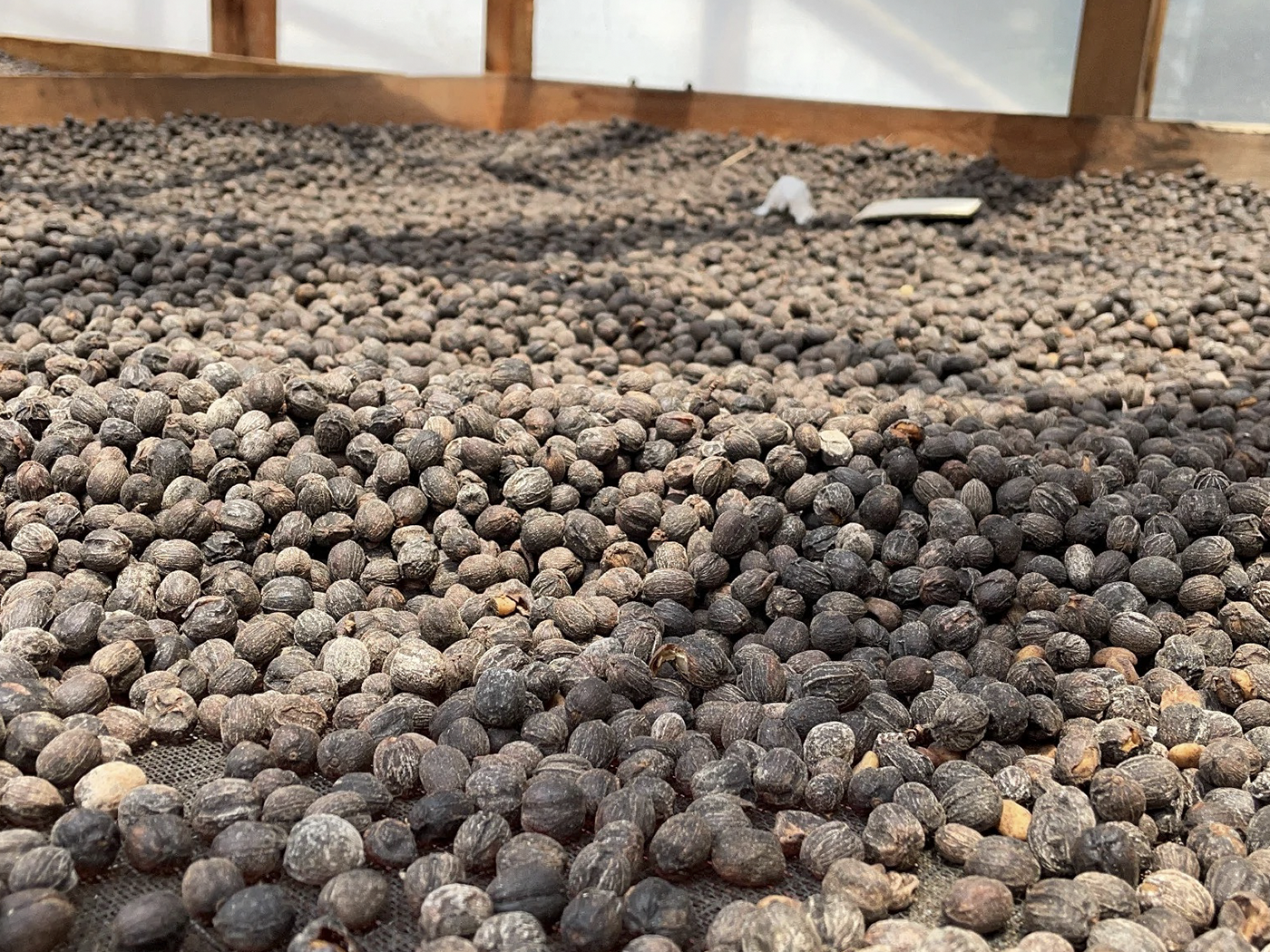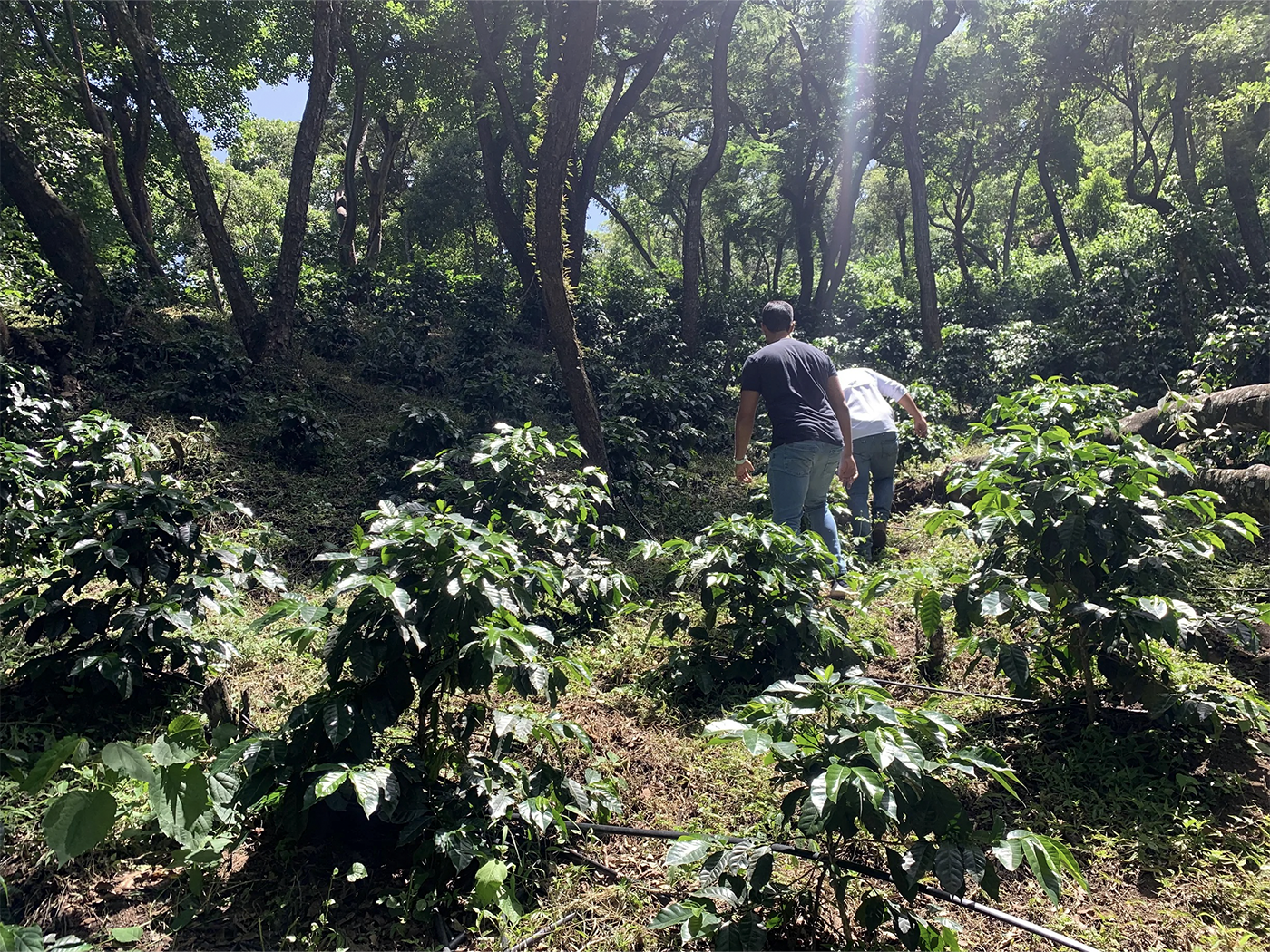What is a Natural vs. a Washing Process?
In these last days I have been talking to you a lot about the natural process of fermentation. The processes are the stage that comes after the coffee harvest. Here the coffee grower decides how he wants or what he wants to highlight in that cup of coffee.
Although today there are several very advanced processes such as Honeys, Anaerobic and Aerobic Fermentations, Nitrolactic Maceration, etc., the most recognized and the longest that have been practiced worldwide are the natural and washed processes.
Natural Process Explained
The Natural process is when the coffee cherry is picked and dried in the sun without pulping for approximately 3 to 6 weeks. This ensures that the grain is nourished by all the sugar that the mucilage provides. In the cup we can expect a lot of sweetness, body and slightly marked acidity. On the other hand, internationally these processes are more expensive due to the control and rigor of the practice. You have to be very careful, because if the coffee grower is careless, he can overferment and lose the entire batch.
Sometimes when I try these coffees, they remind me a bit of the assortment of nuts that one buys at the supermarket for a snack. Those assortments that bring raisins, peaches, blueberries, among other fruits, are an excellent example of what a Natural process is, since they come with a degree of fermentation.
In short, the Natural process seeks to accentuate the fruity characteristics that the coffee itself has. Let us remember that coffee is a fruit and it is worth having sweetness, bitterness and acidity. Why not appreciate them?
Freshly picked coffee cherries ready to begin the natural fermentation process.

Coffee cherry finishgin natural fermentation. As you can see, due to its drying in the sun, the shell darkens. This lets us know that the grain is absorbing the sugars that the mucilage and husk provide to the grain.
Washed Process Explained
The Washing process has been the most famous and most practiced in the coffee industry. This has been a bit simpler because it is more practical and has less risk of over-fermentation.
Here only the cherry is collected, it is pulped, the mucilage is washed, which is the viscous part that sticks to the coffee after removing the shell, it is fermented and, finally, it is dried in the sun.
In the cup you should perceive more characteristic flavors of the coffee, since you are not looking to alter anything, beyond what that coffee can offer you, either because of the cultivated region, variety and altitude. You'll usually find a cup with cleaner, less heavy flavors.

Coffee bean in its fermentation stage, after being washed for the first time.
At this time, the coffee has already spent several days drying and the parchment has been created. Parchment is the shell that forms after several days of drying.
Now, having all this information, I urge you to do tests at home and compare an Aromas del Campo Natural and any other Washed coffee from our selection.
Our interest is that you can learn and go through the experience of perceiving the differences in the cup of the different coffee processes. Below you will find a series of recommendations by the Cuela team.
Enjoy it!
To buy Aromas del Campo Natural, please click here.





